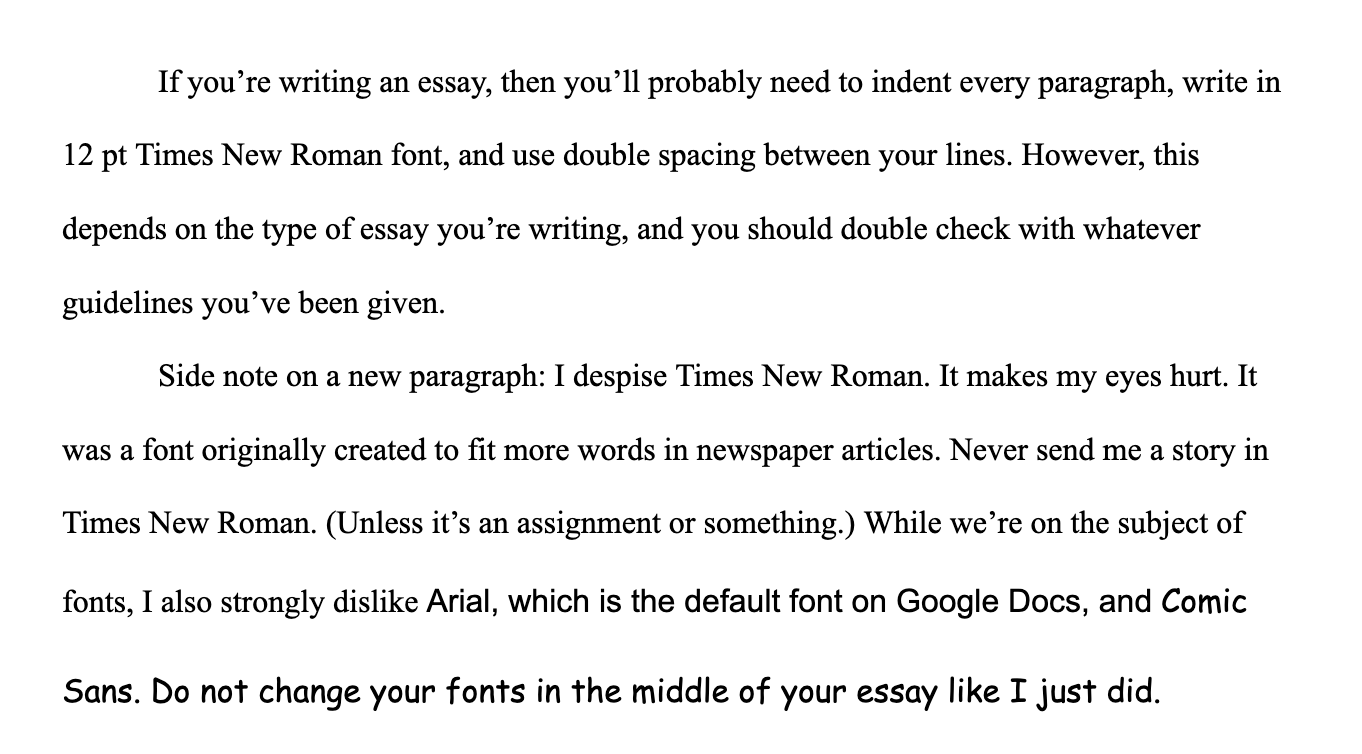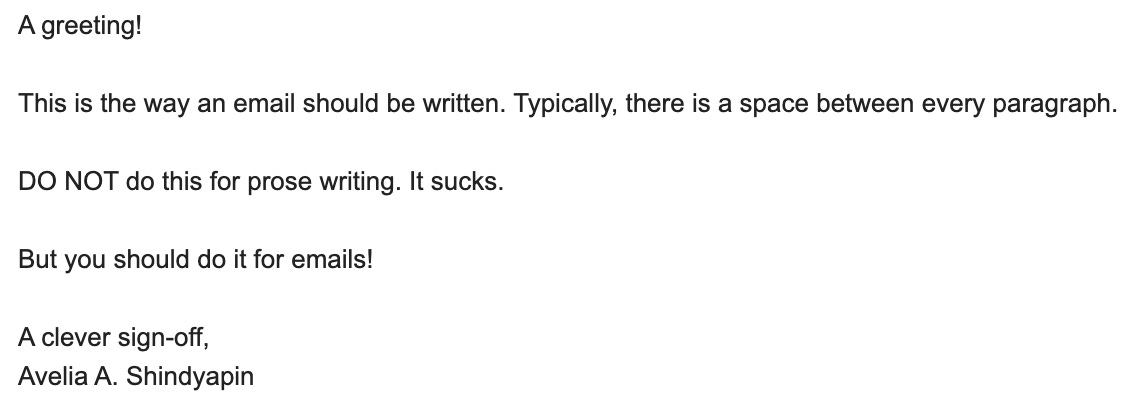How to Edit
because that's what I'm currently doing with the short story I was supposed to send out
Of all the steps in the writing process, editing might be my favorite. Sure, brainstorming is fun, but it gets frustrating when all the pieces aren’t coming together. Outlining shares the same problems. Writing itself is satisfying, because it’s the only step that feels productive, but it’s also hard. Finally, formatting and publishing are time-consuming and mind-numbing.
But editing… editing is where I shine. I can’t help thinking about how I’d rephrase something when reading an early draft of a friend’s essay or story. Even when reading published novels, there are often commas I wish I could add or adverbs I wish I could remove. And don’t even get me started on when there are two spaces between words.
All that being said, I wanted to share a few basic editing tips:
Make sure your writing you’re words carrectly and not using a homophone or similarly spilled word.
Use punctuation. It’s insane how often people will write a whole paragraph without any commas or periods and it makes it sound like they’re just talking and talking without pausing or taking a breath also it makes it hard to tell when a new thought or topic begins please just add some commas also make sure to use the correct punctuation at the end of the sentence because a lot of times questions will have periods at the end and statements will end up with question marks?
While we’re on the topic… don’t overuse—special punctuation. Unless your characters… are very unsure… don’t add too many ellipses. And unless you’re really changing—to a new thought—don’t add an em dash. Use this type of punctuation… sparingly—to emphasize—something.
Read through and vary your sentence lengths. It’s easy to write a pattern of similar sentences. However, this is boring and disengaging for readers. Everything will blur together in their minds. This is even boring for me to write. Not to brag, but at this point it’s hard. I’m used to having a variety of sentence lengths. You’re probably asleep by now, and I am too.
Okay, wake up! This one’s harder to show because Substack doesn’t have a lot of options, but make sure that you’re formatting things correctly. Now, this isn’t the same as the “formatting and publishing” I mentioned in the beginning. This is the basic format of your writing. Look through the following screenshots for examples:
And there you go! Five basic—
Ha! No, there’s one more. This one may be the most important of them all, so listen up. Literally. Read your writing out loud. Whether it be a story, screenplay, poem, or essay, read it out loud. One important tip for this tip is to read your writing exactly how it’s written; only pause when there’s a comma or period. This will help you see where you need to add or remove punctuation, or change the phrasing.
And there you actually go. Six basic editing tips.
There are many more things that could be said about editing. In fact, I added a few while writing this. But most of my readers aren’t professional editors, and most don’t aspire to be, so I think it’s enough.
That being said, I haven’t done a many newsletters about how to write, so if you’d like more like this, let me know!
With an unfortunate and persisting lack of a clever sign-off,
Avelia A. Shindyapin







Cleverly written!
These are excellent tips, Avelia! I think you have the makings of a very useful editor — something that many people need desperately!